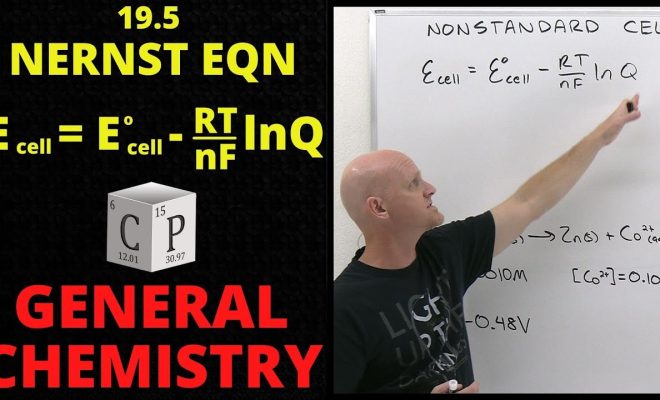How to Calculate a Bond’s Price: A Comprehensive Guide

Investing in bonds is a popular way for individuals and institutions to diversify their investment portfolios. One crucial aspect of bond investing is determining the price of a bond. In this article, we will discuss how to calculate a bond’s price using various methods and provide insights into understanding the factors influencing bond prices.
1. The Basics of Bond Pricing
A bond is a debt security issued by corporations, governments, or other entities, providing investors with periodic interest payments and the return of principal upon maturity. The price of a bond reflects the present value of its expected cash flows, including interest payments and the face value paid at maturity.
2. Clean vs Dirty Price
Before diving into calculations, it is essential to understand the difference between clean and dirty prices:
– Clean Price: This reflects the market price of a bond exclusive of any interest accrued since the last coupon payment.
– Dirty Price: This includes both the clean price and any accrued interest.
Most financial websites and brokers list bonds at their clean price.
3. Present Value Method
The present value method involves calculating the current worth of all future cash flows generated by a bond using a discount rate. To calculate a bond’s price using this method, follow these steps:
a) Determine Cash Flows: List down all future coupon payments (interest) and the principal repayment at maturity.
b) Choose an Appropriate Discount Rate: This could be based on the investor’s required rate of return or the yield-to-maturity (YTM) for similar bonds in the market.
c) Calculate Present Values: Discount each cash flow back to today using the chosen discount rate.
d) Sum Present Values: Add up all present values obtained in step c). The resulting figure represents the bond’s price.
4. Yield-to-Maturity (YTM) Method
The YTM method involves finding the rate at which a bond’s present value, based on its cash flows, equals its market price. This method is more popular among investors as it provides a direct comparison with other investment options available in the market.
a) Start with an Approximate Yield: You can use a similar bond’s YTM or an educated guess to begin your calculations.
b) Input Bond Data: List down cash flows (coupon payments and principal repayment), bond’s current price, and the approximate YTM from the previous step.
c) Calculate Price Based on Yield: Use the present value formula discussed earlier to calculate the bond’s price using the approximate yield.
d) Compare Calculated vs Market Price: If the difference between calculated and market prices is negligible, your yield approximation is accurate. Otherwise, adjust the yield and repeat steps c) and d) until you find the rate that equates both prices.
5. Factors Affecting Bond Prices
Several factors influence bond prices, including interest rate changes, credit quality of the issuer, market demand, time to maturity, and prevailing economic conditions.
In summary, calculating a bond’s price involves understanding clean and dirty prices, using methods like present value or YTM calculations, and considering various factors impacting bond prices in general. Investors must understand these concepts to make informed decisions while investing in bonds for diversification and steady income purposes.






